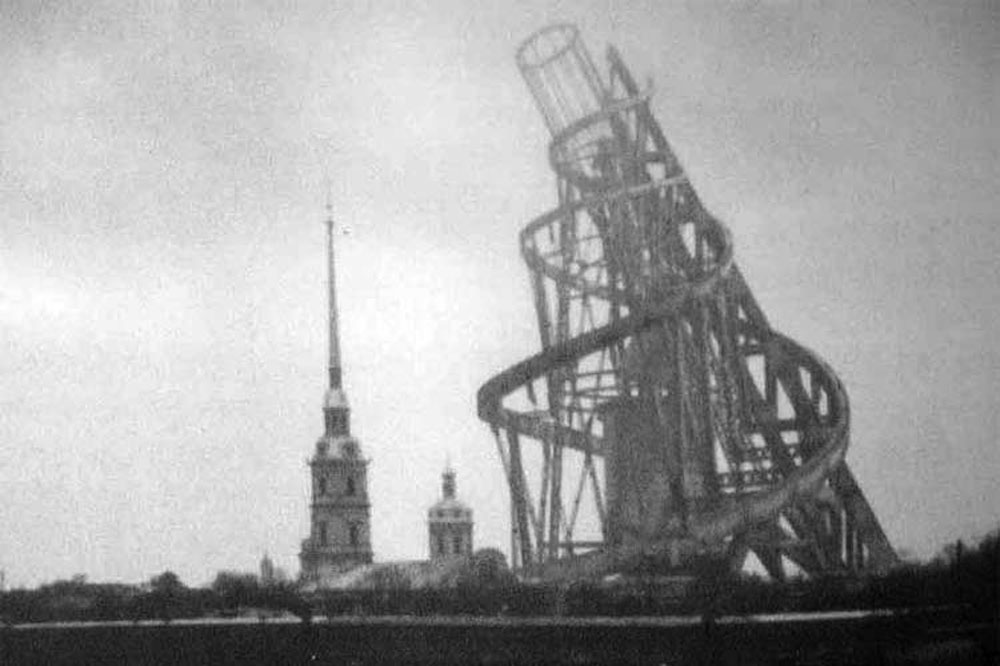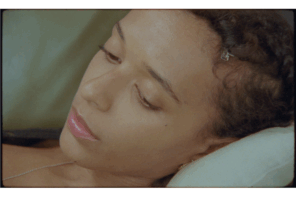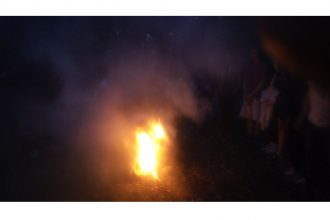This is not a review.
In August, I went on holiday to the delightful small city of Poznan, in western Poland. One of Europe’s oldest cities, Poznan has a complicated, violent history. And that’s to say the very least.
While there, I visited an art exhibition at “Arsenal” gallery, a contemporary art venue in the city center. It’s a large space, done up in classic white-cube fashion. Nothing new about that, nor about what I saw – a selection of works by mid-to-late career Polish artists who, in multiple but not atypical ways, create dialogues with or about current political issues. And Poland has lots to sort out, politically and socially.
I met two of the artists, and in broken English and a little wobbly French, they told me about their works. They informed me that the show’s artists were expressing discontent with the status of government and the governed/governing in both Poland and the larger EU.
Some of the individual pieces were clever and startling, some formulaic and single-note. And as all of the available texts were in Polish, which I do not speak or read, I acknowledge that there were subtleties and ironies and double-messaging/meanings in play that I could not unpack beyond an overall “the world is fucked” refrain. But this is not a review.
Why, then, write about Strategie buntu (“rebellion strategies”)? Because it struck a nerve.
I came into the artworld in the 1990s. There was Out Art, which we queers made by the truckload, and Environmental Art, and Feminist Art, and Identity Art, and gender/sexuality/race/ethnicity/class-specific art, and Scatter/Splatter Art, and all the endless fun of Postmodern Art. We were taught, and believed (I still believe) that all art is political, in that it speaks to a set of power dynamics, either directly in its first iteration or upon closer inspection, deconstruction, by what it showed or the inherent power dynamics of its composition or the status/identity of its maker. Art was Politics. It still is. And in that era, we believed in the possible world-changing power of Political Art, i.e. art that spoke to a particular cause and/or advocated for social change. I am not a nostalgic person, however, and even then I (hope) I understood that art had limited practical power. This proved true as the decades passed – many things have changed, and many things will never change. I shrug at the core injustice of it all.
Having come of age in this era, and watched the various machinations play themselves out, or curl inward on themselves until they became practically invisible, how could I help read Strategie buntu as anything but a naïve gesture, a spitting fit of teenage rage made by people far too old for such things? Was that fair? I am not a Pole, I did not come of age in the Soviet and Post-Soviet era, I have no direct familial relationship with the ravages of WWII (I could go on here and list the dozens of ways my inner political-corrector tells me I am not qualified to judge this show). However, I’ve decided it is fair, because the works positioned themselves as part of an international dialogue around injustice and imbalances of power, and I am part of the world.
Strategie buntu showed me that Political Art, if not “dead” (pronouncing things dead is silly), is moving into its archival and antique years – both as “art” in the static sense, as visually appealing, and as a viable practice. This is only made more so by the innate cynicism of our self-reflexive era, wherein we default-read almost all images and imaginings, direct visual proposals, as mere meme fodder or elitist indulgence. To wit, before the world finally shifted emotional gears, prompted by the now infamous photographs of a drowned refugee child (taken as an act of journalism, not art, but the difference is slippery, here), the only “art” I recall seeing about the ongoing refugee crisis was a Charlie Hebdo cartoon depicting floating black bodies and a mini refugee-boats fairground “game” constructed as part of Banksy’s Dismaland. One waits in grim anticipation for the first snide memes based on those images of that dead child*. Yes, we are that immune to image-based provocation.
So, whether we accept it as such or not, Political Art of all stripes happens every day, on whatever digital feed you subscribe to, and thus hardly needs the support of a museum or an art gallery. Political Art simply works better when it’s fed into the information stream, quickly disseminated, and then replaced with more current versions of itself. For instance, look at the Canadian federal election campaign. When it was recently revealed that a candidate for the Conservative party had been caught on camera urinating into a coffee mug (honestly, you can’t make this stuff up), the meme-reaction was nanosecond-swift. Images of the Conservative Party leader appeared with the phrase “For a Strong and Steady Flow,” or “The USA has the Tea Party, Canada has the Pee Party.” This is effective Political Art: reactive, immediate, instantly digestible, and thus exactly in tune with our failed forms of political discourse, which are just as shallow and “gotcha”-driven.
I see no difference between what is called Political Art today and meme-art, other than that the former gets put in art galleries and the latter onto computer screens. If there is a difference, it’s one fueled by issues of class, education, and access, and that’s a whole other political discussion. Political Art that finds itself more comfortable in an art gallery contributes to the dialogue in its own, and often valuable way, but to set up a hierarchy between Political Art, Art with a capital A, and meme-art with a political message is essentially nonsense. Because if the goal of Political Art is to coerce/charm the viewer into a new view of a given situation or political reality, meme-art is far, far more effective. Placing a higher status on gallery-situated political art is backward thinking, and a leftover from a time when we still believed in high and low art. Political Art is only as valuable as the number of people it reaches, and an art gallery is about as big a crowd-gatherer as an operating room.
In his essay “What good is political art in times like these?”, the US critic Ben Davis considers three historical, politically-driven works that later became iconographic – Hélio Oiticica’s participatory “experience” installations and wearable objects; Vladimir Tatlin’s proposed, but never built, Monument to the Third International; and, of course, Picasso’s Guernica – and remarks that despite whatever appreciation we may have for these works now in their “museum stage,” ultimately the “art has been an eccentric component part of political struggle, carried along by its larger machinations. This doesn’t mean [the works] aren’t to be greatly celebrated; just that some sense of proportion is required in doing so.” In other words, no real change was effected by the works and their presence in the now-historicized narrative of the original political action(s), and they’re best recognized as an eccentricity. Or an over-valued bauble, I would argue, in all cases of work that inserts itself into an overriding political narrative. That’s it for that, then.
But I can’t end on such a down note. Despite everything, all the collapses and systemic failures I could rhyme off, I do have hope, and I don’t think Political Art needs to be dead – it needs, rather, to figure out how to revive itself in the post-designated-art-space world, in an era wherein we all keep galleries on our phones.
A potential path is a deeper and more active engagement with performance, which would also include embracing its own obvious performative reality. To take a stand is to perform a stand, so why not up the ante? Thinking back on the message-driven art I’ve been most engaged with in the last year, I realize that all of it was primarily performed. The gender/queer class-wars staged by Keith Cole, and the illusion-reality checks offered by Andrew Harwood’s Madame Zsa Zsa persona; the blistering anti-colonial rage of Rebecca Belmore’s viewer-contribution-generated installations; the food distribution system challenging “foodgasms,” of the multimedia collective NowMomentNow; Germaine Koh’s absurdist “games” and their critique of crowd-sourcing. These are only a few.
For Political Art to get off the dissecting table, it needs to understand that live events, experienced in “real time” (a detestable bit of shorthand, that phrase), are the last defense against the all-the-time-always-memeable, flippant, and easily flipped-off poor excuse for discourse that is contemporary politics. A live event can be recorded but not replicated, and that irruptive power, that immediate present, still defies and remains outside, eludes even, our relentless need to document, freeze, distill, and then discard. More political energy can be expelled, shared, (or, honestly, utterly wasted) in a five-minute performance or engagement with a work that depends on the unexpected and accidental ingredients of the performed, than can ever be exchanged in the entire vitrine-enclosed lifetime of a hard and fast(ened) work of Political Art.
*That was an even shorter wait than I expected: http://ow.ly/SjDcy



























